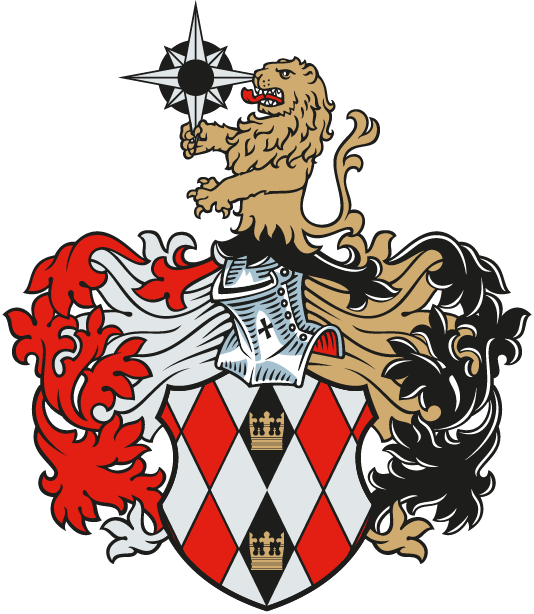

Just off Dubai’s coast, a marine megaproject is taking shape: Dubai Reef, set to become the largest man-made reef on Earth with 20,000 modules by 2027. Already, 3,660 reef units have been deployed, attracting marine life and offering a bold step toward climate action, biodiversity, and sustainable tourism. A beacon of ecological innovation with real estate impact.
The water is turquoise, calm, and deceptively quiet. Then, with a deep splash, a five-ton concrete structure crashes into the sea. It sinks slowly, scattering bubbles, until it disappears into the depths. Down below, a new city is rising – not for humans, but for fish, coral, and ocean life.
This is Dubai Reef – a futuristic, visionary marine project aiming to install 20,000 reef modules across the emirate’s waters by 2027. With 3,660 already deployed, it’s more than a blueprint; it’s a living, growing ecosystem. One that doesn’t just protect marine life but redefines Dubai’s environmental and economic narrative.
“You can already see the change,” says marine biologist Layla Al Marri, gesturing toward the rippling water as her research boat floats above the reef zone. “We’ve recorded new fish species and coral growth in just a few weeks.”
Each reef module – designed with eco-friendly concrete and complex cavities – mimics natural coral formations. Their purpose? To host marine biodiversity, stabilize the seabed, and even offset carbon. They come in various shapes and depths to simulate different marine environments, from shallow lagoons to deeper, high-flow areas.
But the Dubai Reef is not only about restoration. It’s about education, recreation, and innovation. Planned visitor centers, glass-bottom tours, and diving excursions will turn this underwater world into a marine attraction – a blend of sustainability and tourism.
Part of the Dubai Coastal Protection and Enhancement Initiative, the reef project aims to safeguard shorelines, boost sustainable fisheries, and support the UAE’s broader climate goals. More than just infrastructure, it’s a new kind of urban development – one that stretches beneath the waves.
Dubai Reef isn’t just an ecological milestone – it’s a catalyst for coastal real estate. Properties near reef zones are seeing increased interest, especially from eco-conscious investors and buyers seeking beachfront access with a sustainable twist.
Strategic reef locations near areas like Palm Jebel Ali and Jebel Ali Port align with new development zones, creating synergy between nature and real estate. For investors, this is a rare opportunity: to align capital with conservation, and profit with purpose.
